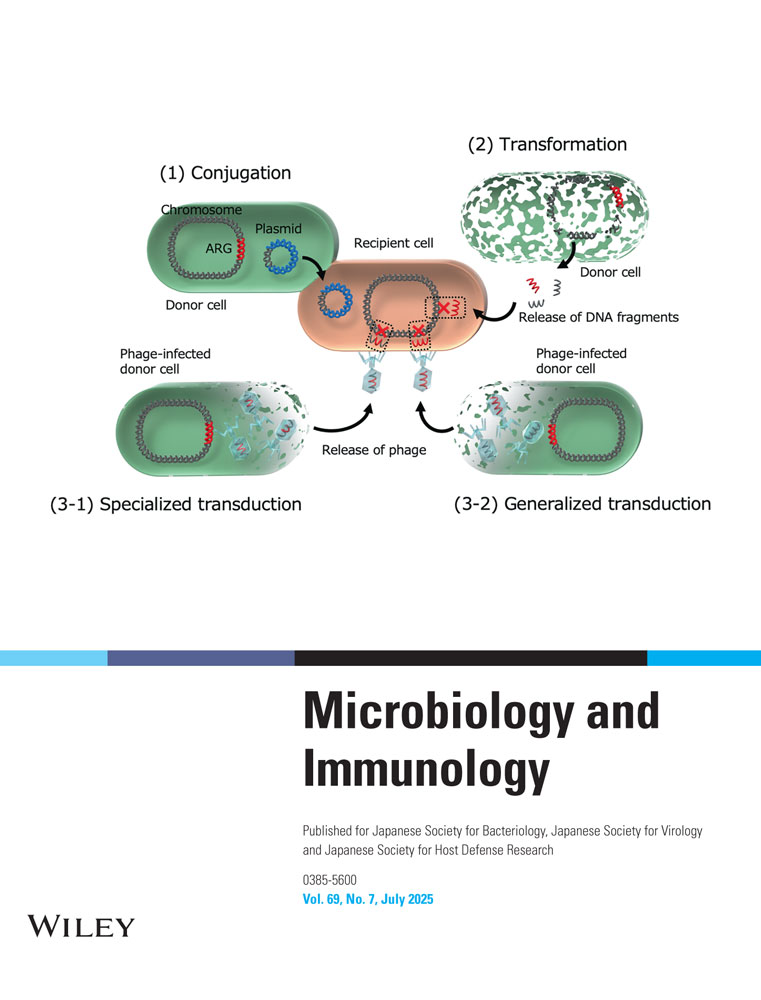cDNA Cloning of an Aspartic Proteinase Secreted by Candida albicans
Abstract
cDNA of an aspartic proteinase secreted by Candida albicans No. 114 was isolated using the polymerase chain reaction (PCR). The primary structure of the enzyme was deduced from the nucleotide sequence of the cDNA and compared with the structures of Saccharomyces cerevisiae proteinase A and vacuolar aspartyl proteinase of C. albicans. The mature aspartic proteinase consisted of 341 amino acid residues, and was 17.6 and 15.3% identical with the proteinase A and the aspartyl proteinase, respectively. Two active aspartic acid sites and the amino acids near those sites were conserved in the aspartic proteinase. We also showed that there is another gene of aspartic proteinase than that of strain ATCC10231 reported by Hube et al (J. Med. Vet. Mycol. 29 (1991)) in the same C. albicans genome, both in that strain and in No. 114.




